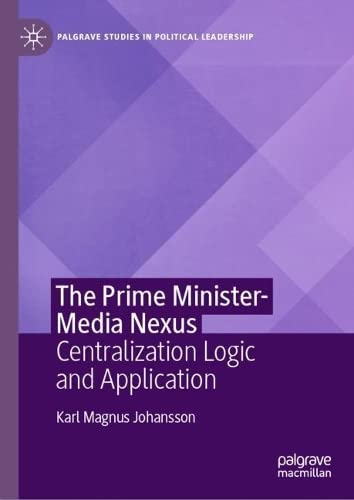

Most ebook files are in PDF format, so you can easily read them using various software such as Foxit Reader or directly on the Google Chrome browser.
Some ebook files are released by publishers in other formats such as .awz, .mobi, .epub, .fb2, etc. You may need to install specific software to read these formats on mobile/PC, such as Calibre.
Please read the tutorial at this link: https://ebookbell.com/faq
We offer FREE conversion to the popular formats you request; however, this may take some time. Therefore, right after payment, please email us, and we will try to provide the service as quickly as possible.
For some exceptional file formats or broken links (if any), please refrain from opening any disputes. Instead, email us first, and we will try to assist within a maximum of 6 hours.
EbookBell Team

4.1
60 reviewsThis book offers a systematic inquiry into how, why, and with what consequences media affects governments and the standing of prime ministers. It aims at an understanding of how media has caused institutional effects in government, as well as at advancing a unified theory of government communication. The author develops a logic of centralization and applies it to one case, Sweden. Government communication has been institutionalized, tightened and centralized with the prime minister and has changed irreversibly. Analysis of how the government communication system has evolved, mainly in its institutional structures, suggests that the shift to centralization arose more out of necessity than choice. For prime ministers most of this is about finding ways to ensure that the entire government respond to media uniformly. As governments face a set of functional demands from media, different kinds of media, uniformity has been a paramount objective. Nevertheless, this development involves shifting dynamics of intra-executive relations and a shift of power away from ministries to the prime minister’s office; the apex of political power. The prime minister has been empowered at the expense of ministers through the concentration of power and resources to the executive centre. That is partly because of media, which reinforces political hierarchies. That and the centralized control of government news in turn raises further questions about democratic governance and the nature of modern-day governing.